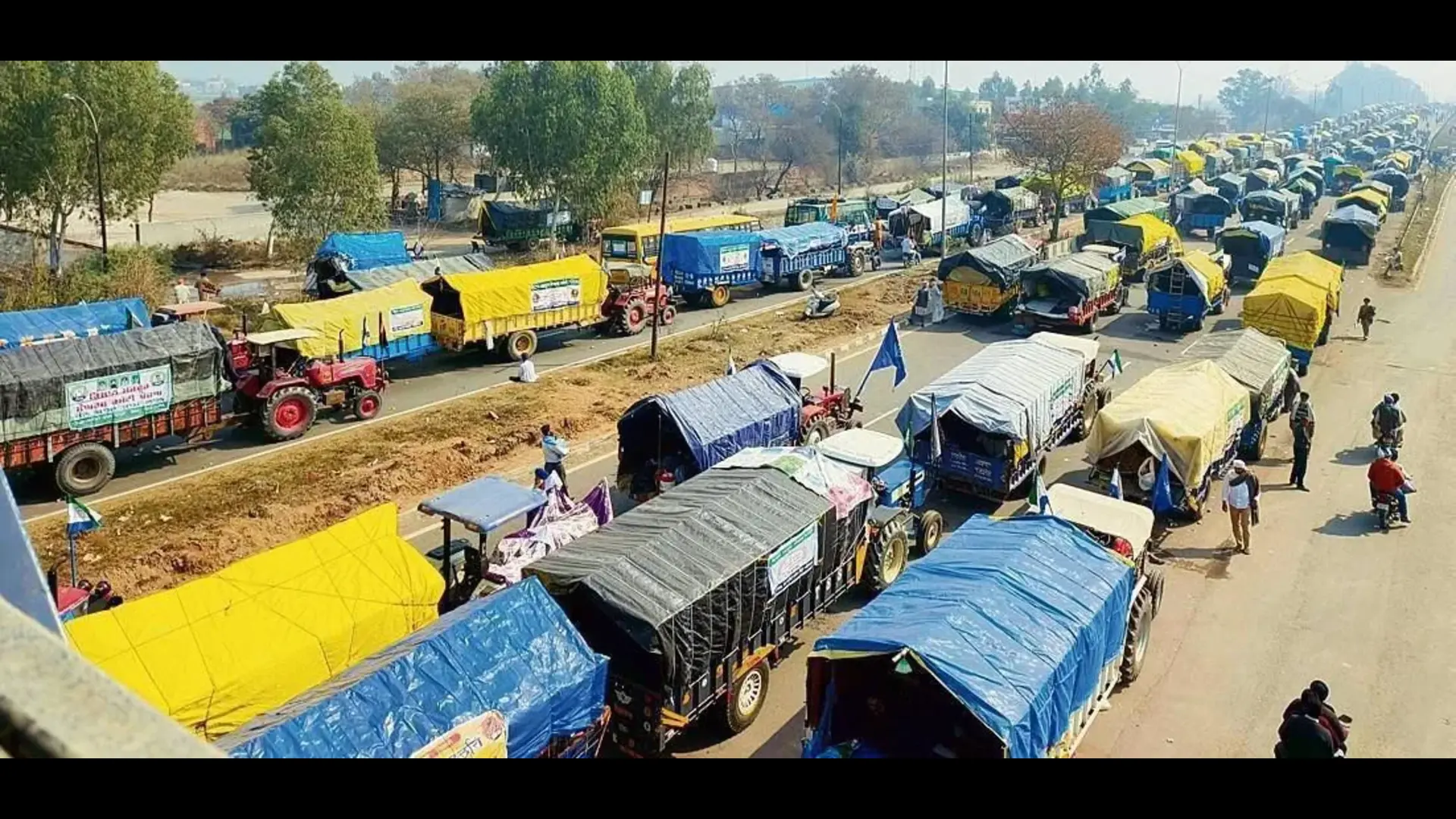Iran’s President Ebrahim Raisi, along with his Foreign Minister Hossein Amir-Abdollahian, was declared dead on Monday in a helicopter crash that took place on Sunday. Raisi, 63, was a hardliner. Before his death, Raisi was seen as a possible successor to Ayatollah Ali Khamenei, 85, Iran’s Supreme Leader. However, there is no reason to believe that Raisi’s death will mark the end of hardline Islamic rule in Iran. Raisi was a product of the system controlled by hardliners led by Khamenei, and that system is very much in place.
In the 1980s, Raisi, as a prosecutor, was infamous for allegedly sending to the gallows thousands of political prisoners. It was primarily because of this that he got the nickname “butcher of Tehran”. The election in which he emerged President in 2021, was perceived to have been tightly controlled in favour of the hardliners, with all moderate and pro-reforms rivals disqualified by the oversight body. The election was also marked by extremely low voter turnout, which added to the doubts on the legitimacy of the voting process.
As President, Raisi reinforced his image of a hardliner by standing by his “morality police”, known as the Gasht-e-Ershad or guidance patrols. It was because of the excesses committed by the morality police, whose job is to ensure that Iranians strictly follow the Islamic dress code—banning the wearing of tight trousers, torn jeans, exposure of knees, coloured clothes, apart from making the use of hijab mandatory for women—that the major uprising led by Iran’s women started in 2022. The protests started amid allegations of the morality police torturing to death the 22-year-old Mahsa Amini, who was arrested by them for not wearing her hijab “properly”. The protests spread like wildfire—led by Iran’s women of all ages, but soon supported by a large section of Iranian men. As social media got flooded with videos of black-clad men assaulting women with batons for removing their hijab, the protests intensified. It was for the first time ever that the Islamic regime faced such resistance from its people.
With the news of Raisi’s death, social media is overflowing with videos from Iran of men and women celebrating by lighting firecrackers and dancing. Such celebrations are taking place even in capital Tehran, the seat of the Islamic government. While the celebration of any death is abhorrent and must be condemned, the situation in Iran has to be seen from the perspective of the suffering of the people of Iran at the hands of the hardline regime.
Millions have disappeared, thousands have been tortured, maimed and killed during the rule of the repressive Islamic government over the decades—in fact from even before Raisi came to power. It is the common people who have suffered the most at the hands of their rulers and it is because of this there is a popular outpouring of happiness at the death of a man, who, to them, had come to represent the oppression that has been associated with the Islamic government over the decades. However, Raisi may be dead, but the system continues.
Already Ayatollah Khamenei has said that there will not be any disruption in Iran because of Raisi’s death. Vice President Mohammad Mokhber has been declared Interim President. Like Raisi, he too is believed to be close to Ayatollah Khamenei. Along with the speaker of the Parliament and the head of the judiciary, Mokhber is part of a three-member group that will organise a fresh election inside 50 days of the President’s death. Mokhber has his job cut out. His council has to ensure a free and fair election, where reformists and moderates are not disqualified because the hardliners need complete control of the state machinery, the way it happened in the last election. For how long can the regime keep the people chained in the shackles of fear? Sooner or later the resentment bubbling just below the surface will explode. The anti-hijab protests were a small trailer of what is likely to take place in the future if people’s grievances are not taken care of. In the 21st century, Iranians want to be a part of the modern world that is flying past them. They do not want to be bound by ancient and oppressive mores. Hence, it will be prudent on the part of the Iranian state to let the people have their say. The upcoming election must be free and fair. The people must be allowed to give their verdict on those who rule them. Else, the regime that came to power through the Islamic Revolution, might just fall victim to a people’s revolution.







